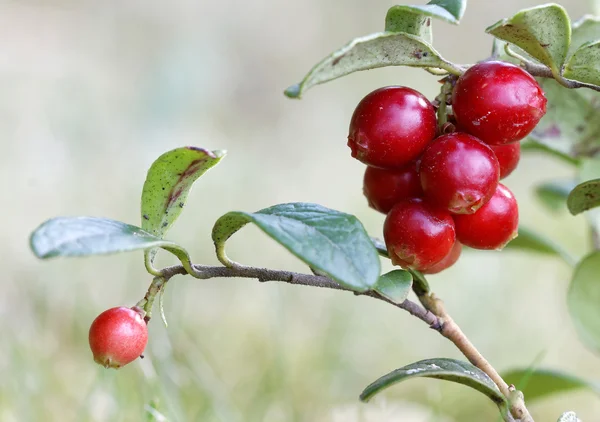
Additionally, how you want your plant to look is another thing to consider.
Lingonberry plants near me how to#
How to prune When learning how to prune your Lingonberry, factors like growth stage, climate, and the current season will give you clues about your plant's pruning needs. However, if you keep your Lingonberry outdoors or allow it to grow freely, you may need a tree pruner to reach higher leaves. Tools Sharp scissors or a pair of hand pruners work great when pruning your Lingonberry. Once you have an idea of how you want it to look, it’s time to get ready to prune. Having a goal in mind will help you choose what pruning method and tools to use. Try to visualize the basic shape and style of how you want your plant to look. If the number of leaves with spots is relatively large, the number of pruned leaves should not exceed a quarter of the total to avoid affecting the growth of Lingonberry.īefore getting started, it’s best to have a plan. When Lingonberry is growing, if there are yellowing leaves and diseased leaves, prune off the yellowing leaves at the bottom and the parts of the leaves that have spots due to disease infection, which can effectively reduce the infection. If the shape is appropriate and only small-scale shaping is needed (pruning no more than 1/4 of the total size of the plant), it can be done in summer or autumn. If you want to control the size of Lingonberry, you need to do a strong pruning in winter time, and you can prune to the shape you want. Lingonberry is mainly used for leaf viewing, flowers have no ornamental value and will consume nutrients, you can prune the flowers when the plant is in bloom and concentrate the nutrients for the growth of the leaves. Once your plant matures, you can follow normal pruning methods. The good news is that these plants have a medium growth rate which means they cycle through growth stages fairly quickly. If the number of leaves with spots is relatively large, the number of pruned leaves should not exceed a quarter of the total to avoid affecting the growth of Lingonberry. In other words, if your Lingonberry starts to look uneven or damaged, it may be a good time to prune. Although these perennials are relatively fast-growing, you only need to prune when you spot unsightly overgrowth or damaged leaves. Luckily, Lingonberry is generally considered to be among the easier and more forgiving plants to prune since regrowth appears quite quickly. In those cases, continue adding water until you see excess water draining from your pot’s drainage holes.Ī lot of new gardeners shy away from pruning the Lingonberry because they’re afraid to cut too much. If more than half of the soil has become dry, you should consider giving more water than usual. Typically, it is best to wait until the first two to four inches of soil, usually ⅓ to ½ depth of the pots, have dried out entirely before you give more water. An alternative route is to set your watering frequency based on soil moisture. For instance, a predetermined watering schedule will likely not suffice during summer when this plant's water needs are highest.

Your watering frequency can also change depending on the season.


However, this approach may not always work as it does not consider the unique conditions of your Lingonberry ’s growing environment. If you choose this route, you should plan to water this plant about once every week or once every other week. The first way is to set a predetermined watering schedule. For potted plants, there are two main ways that you can determine how often to water your Lingonberry.


 0 kommentar(er)
0 kommentar(er)
